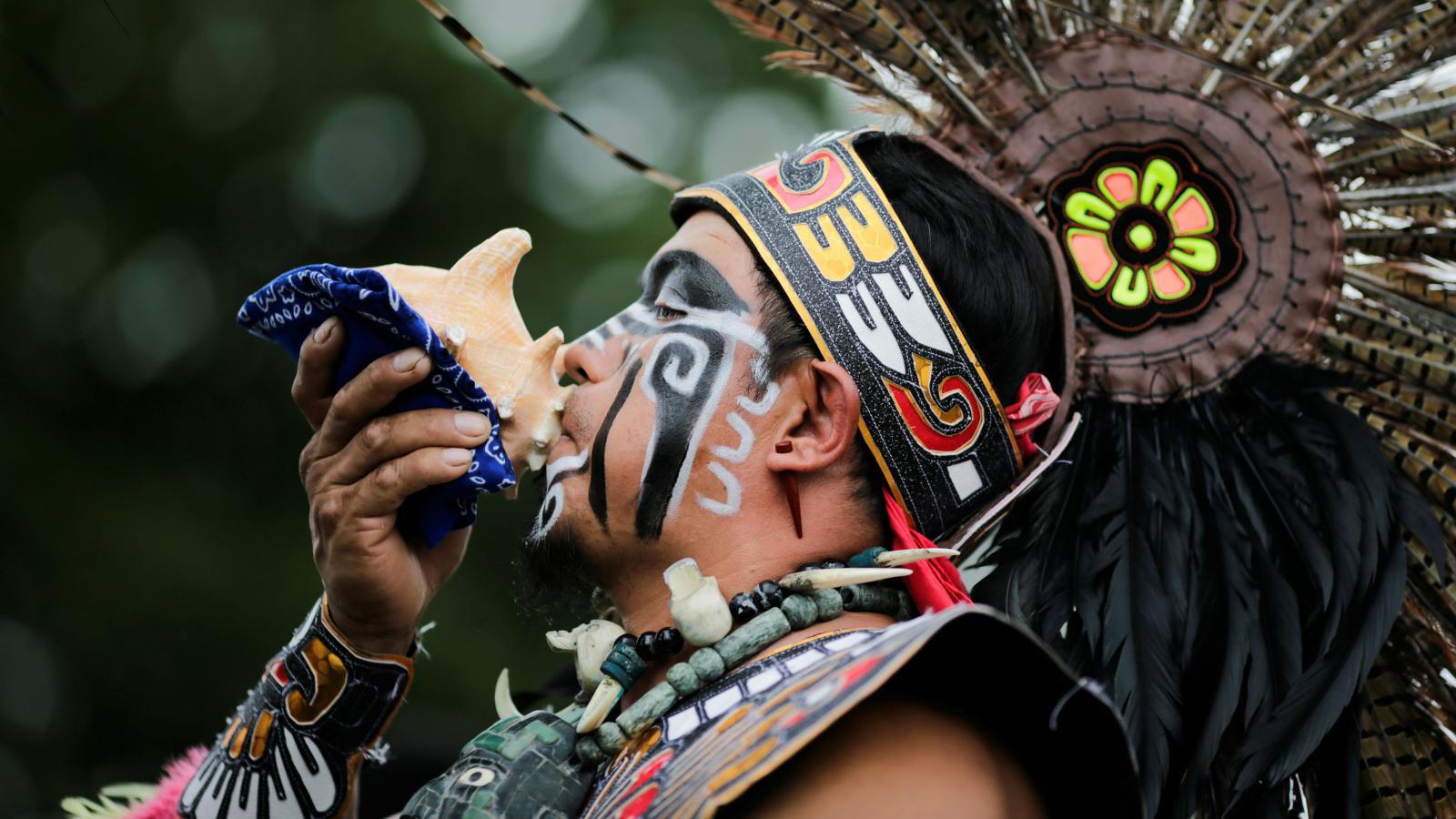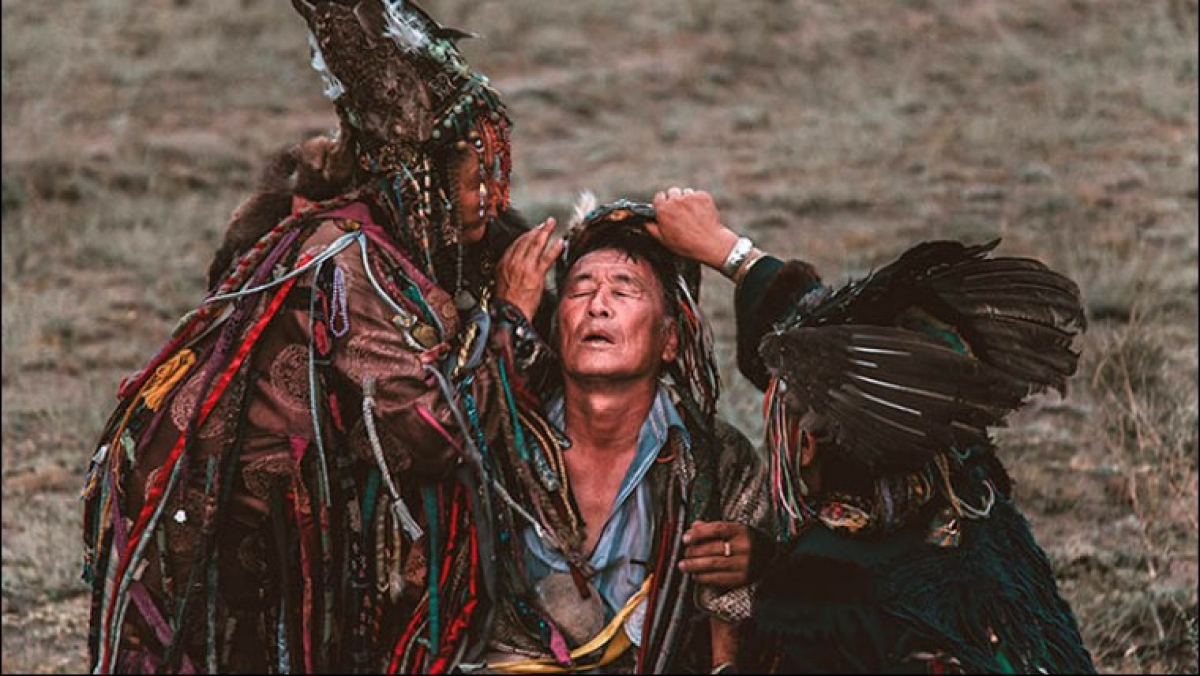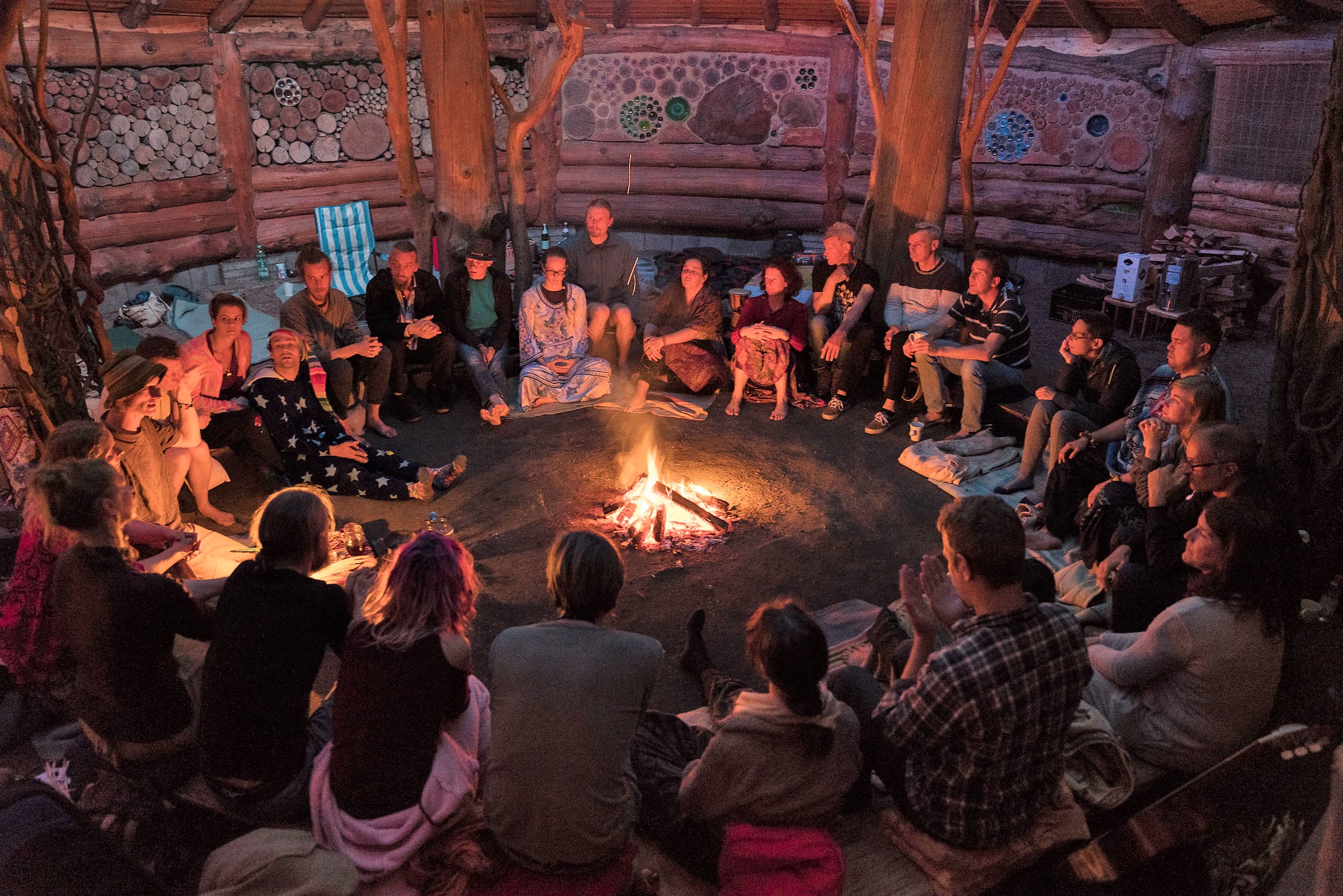Native American Beliefs and Practises
Native Americans are the original human inhabitants of North and South America and their descendants. Native American people now consist of numerous distinct tribes and ethnic groups, many of which are sovereign nations.
The nomadic ancestors of modern Native Americans crossed the Bering Land Bridge during the last ice age. They arrived in Alaska more than 12,000 years ago and some may have arrived up to 40,000 years ago. Over time they developed a vast amount of similar and diverse Native American Traditions and practices.
There are 500 hundred plus Native American tribes ranging from Alaska in the north to the Yucatan peninsula in the south. The rituals of each tribe were tailored for the subtle qualities of the land where they lived.
Many Native American spiritual practices and rites are lost forever. This was due to the arrival of European settlers from the 16th century onwards. The European people had little concept of the Native American traditions and aggressively conquered their native lands. As a result some tribes were totally destroyed and others moved thousands of miles from the ancestral home.
Some Native American tribes were very advanced spiritually. They kept written records of many of their organized spiritual ceremonies and practices. It is only in the last three decades has the importance of the Native American traditions and culture became more popularly known.

Native American Spiritual Beliefs
Spirituality was a way of life for the Native American. Native Americans believe the earth is our mother, the sky our father, and all things are interconnected. The Spirit that first infused the world is still with us now and is experienced as the spirit that flows through all things.
The creation myths of Native American traditions illuminate the interdependence between native people and nature. There are many mythologies remembered by the different North American tribes. They express a mutual respect when interacting with natural phenomena including trees, plants, birds, animals, the wind, sun, and rain.
Many different spiritual beings are honoured by Native American traditions. These entities include creator beings, deities of the hunt, trickster spirits, and gods of healing. Also animal spirits interact with humanity to guide people in their lives and to offer their wisdom and other gifts to help us.

Prayers invoke the help of the Great Spirit and the Ancestors. In Native American traditions many prayers are sung or chanted for wisdom, healing, peace, hunting, fertility, transition, wisdom, and guidance.
Elders of Native American tribes are known as medicine men and women. Many modern medicine people refuse to discuss their practices or beliefs with non-Native individuals. This is simply because their rites and rituals are sacred and are not to be shared with outsiders.
Native American Practices
Sage Smudging is used by many tribes to cleanse the body and sacred area with smoke. Smudging is done before a ceremony to bless and cleanse the environment and the body. First a bundle of sage is tied together and lighted to produce smoke and a purifying scent. Then the lighted sage stick is waved around the body and environment like a wand. Starting at the heart, smoke is circled around the body, over the head, and up and down the spine to cleanse the aura.

Native American tribes use drumming for ceremonial dancing, communication, and meditation. Their drumming patterns are based on the heartbeat of Mother Earth. They carry a consistent energy and resonance with vibrations that evoke healing and spiritual awareness. Ceremonial drumming is used for calling Father Sky for rain in times of drought and to celebrate the changing of the seasons. It is also used for trance dancing and chanting and to celebrate the moon and stars.
Totem poles are created by Native American tribes for protection of their land and homes. They adopt an animal totem to aid them in a vision quest or teach them important knowledge. The animal may choose them through a dream or through daily experience. They can also select an animal exemplifying what they would like to strengthen within themselves. Meditate on any animal that may help them on their journey and ask the animal for wisdom and guidance.
The medicine wheel has been used by generations of various Native American tribes for guidance, health and healing. The medicine wheel is also known as the Sacred Hoop. It embodies the four directions (north, east, south and west) as well as Father Sky, Mother Earth, and the Spirit Tree. The medicine wheel symbolizes health, the passage of time, and the cycles of life. Medicine wheels come in a variety of forms including a physical construction on the land, or an artefact or painting.
A sweat lodge is a ceremony used for cleansing and purification. Sweat lodges are typically considered sacred and there are specific ways to build them. A small enclosure is created by bending over green branches which are covered with hides or mud. At the start of each round, large stones also known as ‘hot rocks’ are carried inside from a burning fire outside the enclosure. Water is poured over the rocks to generate billowing clouds of steam. A group of several people sit in the intense steam for periods of 15 minutes to over an hour. A sweat lodge helps to shed the thoughts, worries, and impurities of civilized life. It also slows the mind down to the pace and rhythm of the natural world.

A vision quest is used as a rite of passage into adulthood. It is a time of solitude in nature for self-examination. A vision quest normally involves visiting an isolated location. Time is spent outdoors for a few hours or days to seek guidance and signs in nature. During this time a vision is sought as guidance about life as well as connection with a guardian spirit. Vision questing includes the mindful practice of engaging in prayer whilst forgoing for food and drink. With increased awareness, people who undertake a vision quest look out for an animal that behaves in a significant or unusual way. They may also discover an object such as a stone that resembles the animal and can be used as a totem.
Star Magic is cosmic healing at the highest level. Star Magic uses the light and sound frequencies from higher dimensions through infinite space. It heals at the quantum level with love, light and information. If you are ready to heal at the deepest possible level and be all that you can be in all areas of your life then visit the meditation library.
Healing For Horses Enquiry Form
"*" indicates required fields
Sign up for our weekly newsletter, for inspiration and fresh content from Jerry Sargeant.
Event Enquiry Form
"*" indicates required fields
Sign up for our weekly newsletter, for inspiration and fresh content from Jerry Sargeant.
[mc4wp_form id=”168″]
Download Prospectus Form
[contact-form-7 id=”50219″ title=”Download Propesctus Form”]
Download Prospectus Form
[contact-form-7 id=”50219″ title=”Download Propesctus Form”]
Star Magic
Accessibility Statement
- sminfozzle.testingweblink.com
- December 15, 2025
Compliance status
We firmly believe that the internet should be available and accessible to anyone, and are committed to providing a website that is accessible to the widest possible audience, regardless of circumstance and ability.
To fulfill this, we aim to adhere as strictly as possible to the World Wide Web Consortium’s (W3C) Web Content Accessibility Guidelines 2.1 (WCAG 2.1) at the AA level. These guidelines explain how to make web content accessible to people with a wide array of disabilities. Complying with those guidelines helps us ensure that the website is accessible to all people: blind people, people with motor impairments, visual impairment, cognitive disabilities, and more.
This website utilizes various technologies that are meant to make it as accessible as possible at all times. We utilize an accessibility interface that allows persons with specific disabilities to adjust the website’s UI (user interface) and design it to their personal needs.
Additionally, the website utilizes an AI-based application that runs in the background and optimizes its accessibility level constantly. This application remediates the website’s HTML, adapts Its functionality and behavior for screen-readers used by the blind users, and for keyboard functions used by individuals with motor impairments.
If you’ve found a malfunction or have ideas for improvement, we’ll be happy to hear from you. You can reach out to the website’s operators by using the following email
Screen-reader and keyboard navigation
Our website implements the ARIA attributes (Accessible Rich Internet Applications) technique, alongside various different behavioral changes, to ensure blind users visiting with screen-readers are able to read, comprehend, and enjoy the website’s functions. As soon as a user with a screen-reader enters your site, they immediately receive a prompt to enter the Screen-Reader Profile so they can browse and operate your site effectively. Here’s how our website covers some of the most important screen-reader requirements, alongside console screenshots of code examples:
-
Screen-reader optimization: we run a background process that learns the website’s components from top to bottom, to ensure ongoing compliance even when updating the website. In this process, we provide screen-readers with meaningful data using the ARIA set of attributes. For example, we provide accurate form labels; descriptions for actionable icons (social media icons, search icons, cart icons, etc.); validation guidance for form inputs; element roles such as buttons, menus, modal dialogues (popups), and others. Additionally, the background process scans all the website’s images and provides an accurate and meaningful image-object-recognition-based description as an ALT (alternate text) tag for images that are not described. It will also extract texts that are embedded within the image, using an OCR (optical character recognition) technology. To turn on screen-reader adjustments at any time, users need only to press the Alt+1 keyboard combination. Screen-reader users also get automatic announcements to turn the Screen-reader mode on as soon as they enter the website.
These adjustments are compatible with all popular screen readers, including JAWS and NVDA.
-
Keyboard navigation optimization: The background process also adjusts the website’s HTML, and adds various behaviors using JavaScript code to make the website operable by the keyboard. This includes the ability to navigate the website using the Tab and Shift+Tab keys, operate dropdowns with the arrow keys, close them with Esc, trigger buttons and links using the Enter key, navigate between radio and checkbox elements using the arrow keys, and fill them in with the Spacebar or Enter key.Additionally, keyboard users will find quick-navigation and content-skip menus, available at any time by clicking Alt+1, or as the first elements of the site while navigating with the keyboard. The background process also handles triggered popups by moving the keyboard focus towards them as soon as they appear, and not allow the focus drift outside it.
Users can also use shortcuts such as “M” (menus), “H” (headings), “F” (forms), “B” (buttons), and “G” (graphics) to jump to specific elements.
Disability profiles supported in our website
- Epilepsy Safe Mode: this profile enables people with epilepsy to use the website safely by eliminating the risk of seizures that result from flashing or blinking animations and risky color combinations.
- Visually Impaired Mode: this mode adjusts the website for the convenience of users with visual impairments such as Degrading Eyesight, Tunnel Vision, Cataract, Glaucoma, and others.
- Cognitive Disability Mode: this mode provides different assistive options to help users with cognitive impairments such as Dyslexia, Autism, CVA, and others, to focus on the essential elements of the website more easily.
- ADHD Friendly Mode: this mode helps users with ADHD and Neurodevelopmental disorders to read, browse, and focus on the main website elements more easily while significantly reducing distractions.
- Blindness Mode: this mode configures the website to be compatible with screen-readers such as JAWS, NVDA, VoiceOver, and TalkBack. A screen-reader is software for blind users that is installed on a computer and smartphone, and websites must be compatible with it.
- Keyboard Navigation Profile (Motor-Impaired): this profile enables motor-impaired persons to operate the website using the keyboard Tab, Shift+Tab, and the Enter keys. Users can also use shortcuts such as “M” (menus), “H” (headings), “F” (forms), “B” (buttons), and “G” (graphics) to jump to specific elements.
Additional UI, design, and readability adjustments
- Font adjustments – users, can increase and decrease its size, change its family (type), adjust the spacing, alignment, line height, and more.
- Color adjustments – users can select various color contrast profiles such as light, dark, inverted, and monochrome. Additionally, users can swap color schemes of titles, texts, and backgrounds, with over seven different coloring options.
- Animations – person with epilepsy can stop all running animations with the click of a button. Animations controlled by the interface include videos, GIFs, and CSS flashing transitions.
- Content highlighting – users can choose to emphasize important elements such as links and titles. They can also choose to highlight focused or hovered elements only.
- Audio muting – users with hearing devices may experience headaches or other issues due to automatic audio playing. This option lets users mute the entire website instantly.
- Cognitive disorders – we utilize a search engine that is linked to Wikipedia and Wiktionary, allowing people with cognitive disorders to decipher meanings of phrases, initials, slang, and others.
- Additional functions – we provide users the option to change cursor color and size, use a printing mode, enable a virtual keyboard, and many other functions.
Browser and assistive technology compatibility
We aim to support the widest array of browsers and assistive technologies as possible, so our users can choose the best fitting tools for them, with as few limitations as possible. Therefore, we have worked very hard to be able to support all major systems that comprise over 95% of the user market share including Google Chrome, Mozilla Firefox, Apple Safari, Opera and Microsoft Edge, JAWS and NVDA (screen readers).
Notes, comments, and feedback
Despite our very best efforts to allow anybody to adjust the website to their needs. There may still be pages or sections that are not fully accessible, are in the process of becoming accessible, or are lacking an adequate technological solution to make them accessible. Still, we are continually improving our accessibility, adding, updating and improving its options and features, and developing and adopting new technologies. All this is meant to reach the optimal level of accessibility, following technological advancements. For any assistance, please reach out to


